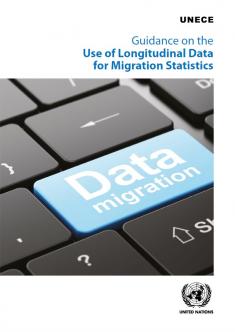As the number of international migrants has grown, it is becoming increasingly important for the public and policymakers to understand migratory flows and the impact of migration on individuals, families, societies and economies. For this, it is necessary to look at change over time, as underscored in the Global Compact for Safe, Orderly and Regular Migration. A longitudinal approach where information is collected from the same individuals or households over time is particularly useful for this, as it can reveal the geographic and socio-economic outcomes of the migration experience.
The data sources available to many national statistical offices carry a great potential for producing longitudinal migration statistics, which is not sufficiently used to date. To improve the situation, a task force of experts from national statistical offices and international organizations worked through 2018 to 2020 to develop the present Guidance.
The Guidance consists of the following chapters:
- Chapter 1: Introduction
- Chapter 2: Overview of longitudinal data sources for migration statistics
- Chapter 3: How to develop a longitudinal data set for migration statistics using integrated data
- Chapter 4: Disseminating regular migration statistics from longitudinal data sources
- Chapter 5: Conclusions and recommendations
The chapters are organized as standalone parts and are not necessary to read in combination with the other parts of the publication, allowing users to focus easily on the parts that are most relevant to their work.
The Guidance was endorsed by the 68th plenary session of the Conference of European Statisticians in 2020.


